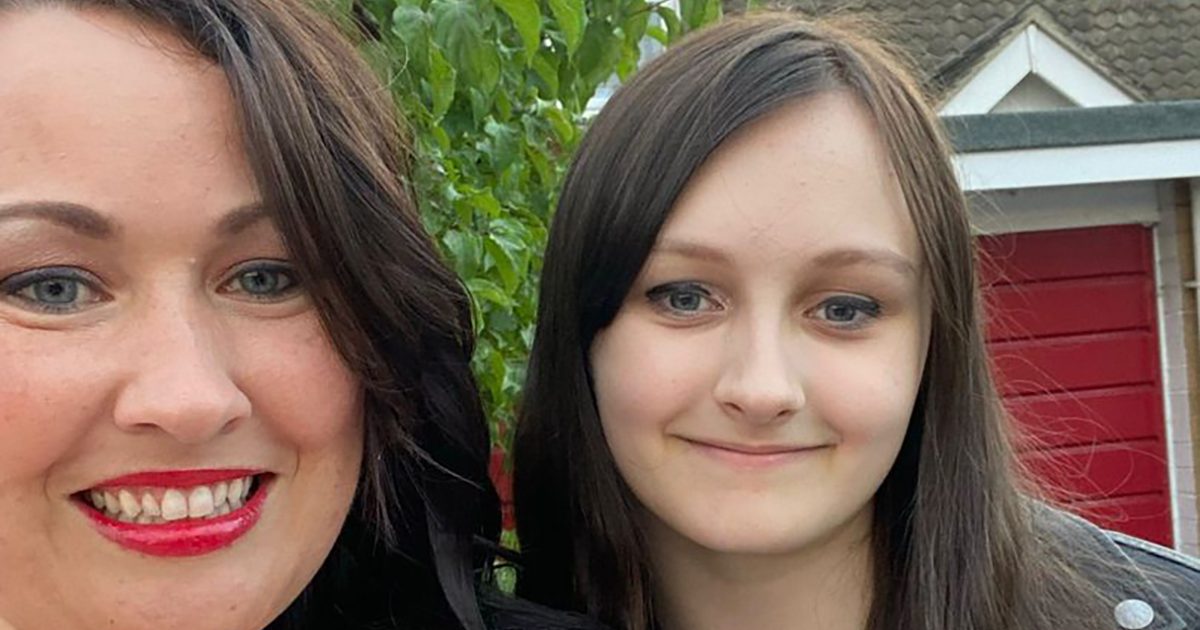Treating Lymphoma
- A 13-year-old girl is facing seven months of chemotherapy after her mother's discovery led to a stage 4 Hodgkin lymphoma diagnosis.
- Lymphoma is a cancer of the immune system that affects infection-fighting cells called lymphocytes. And there are more than 40 different types of lymphoma.
- Chemotherapy and radiation therapy are the main treatments for Hodgkin lymphoma. Depending on the case, one or both of these treatments might be used.
Holly-Louise Edwards was diagnosed with this type of cancer after her mother, Kerry Minshall, 39, found a lump while brushing the 13-year-old's hair.
Read MoreWhat is Hodgkin Lymphoma?
Lymphoma is a cancer of the immune system that affects infection-fighting cells called lymphocytes. And there are more than 40 different types of lymphoma."Lymphoma is split up into a number of different categories," Dr. Elise Chong, a medical oncologist at Penn Medicine, tells SurvivorNet.
"The first distinguishing breakpoint, if you will, is non-Hodgkin lymphoma versus Hodgkin lymphoma," she adds, "and those sound like two different categories. But non-Hodgkin lymphoma comprises the majority of lymphoma, and Hodgkin lymphoma is a single specific type of lymphoma."
What Kind of Lymphoma Do You Have? Why Your Type Matters
Hodgkin lymphoma the type Edwards was diagnosed with has distinctive, giant cells called Reed-Sternberg cells. The presence of these cells, which can be seen under a microscope, will help your doctor determine which of the two lymphoma types you have.
There are a few other important differences between non-Hodgkin lymphoma and Hodgkin lymphoma to note. For one thing, non-Hodgkin lymphoma is much more common. And you're more likely to be diagnosed with it after age 55. People usually develop Hodgkin lymphoma at a younger age, like Edwards.
It should be noted that another difference between these two types of lymphoma is that non-Hodgkin lymphoma is more likely to spread in a random fashion and be found in different groups of lymph nodes in the body, while Hodgkin lymphoma is more likely to grow in a uniform way from one group of lymph nodes directly to another.
These two different types of lymphoma behave, spread and respond to treatment differently, so it's important for you to know which type you have.
Treatment Options
Edwards is currently undergoing chemotherapy treatments for her Hodgkin lymphoma; chemotherapy and radiation therapy are the main treatments for this type of cancer. Depending on the case, one or both of these treatments might be used.
Going through chemo is tough; anyone who has been through it will tell you that. Regardless of its difficulties, Minshall says her daughter is "coping pretty well." Edwards has night sweats, which are common, and has lost weight due to chemo. She's also experiencing fatigue.
"They've started her on a treatment and she is doing quite well," Minshall says. "After two months she will go for another scan and we will find out if she needs (radiation therapy)."
"When I was told it was cancer, I didn't feel great," the mother continues. "I felt a little bit guilty because it goes through my family, but we are all staying positive. She is a fighter."
Even though her disease is a stage 4, doctors tell Edwards and her mom that her cancer is curable. "They are sure they will be able to get rid of it," Minshall says. "It's just about what treatment will be needed and how long it takes."
Contributing: SurvivorNet staff
Learn more about SurvivorNet's rigorous medical review process.


